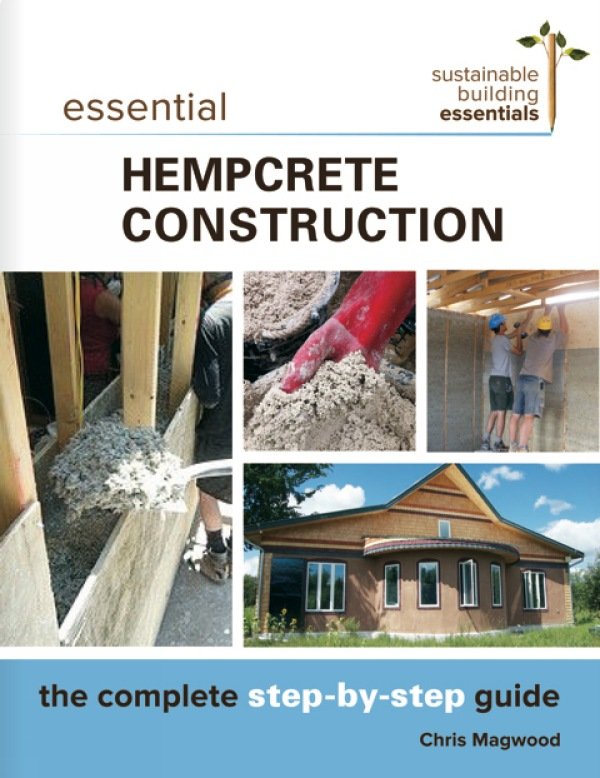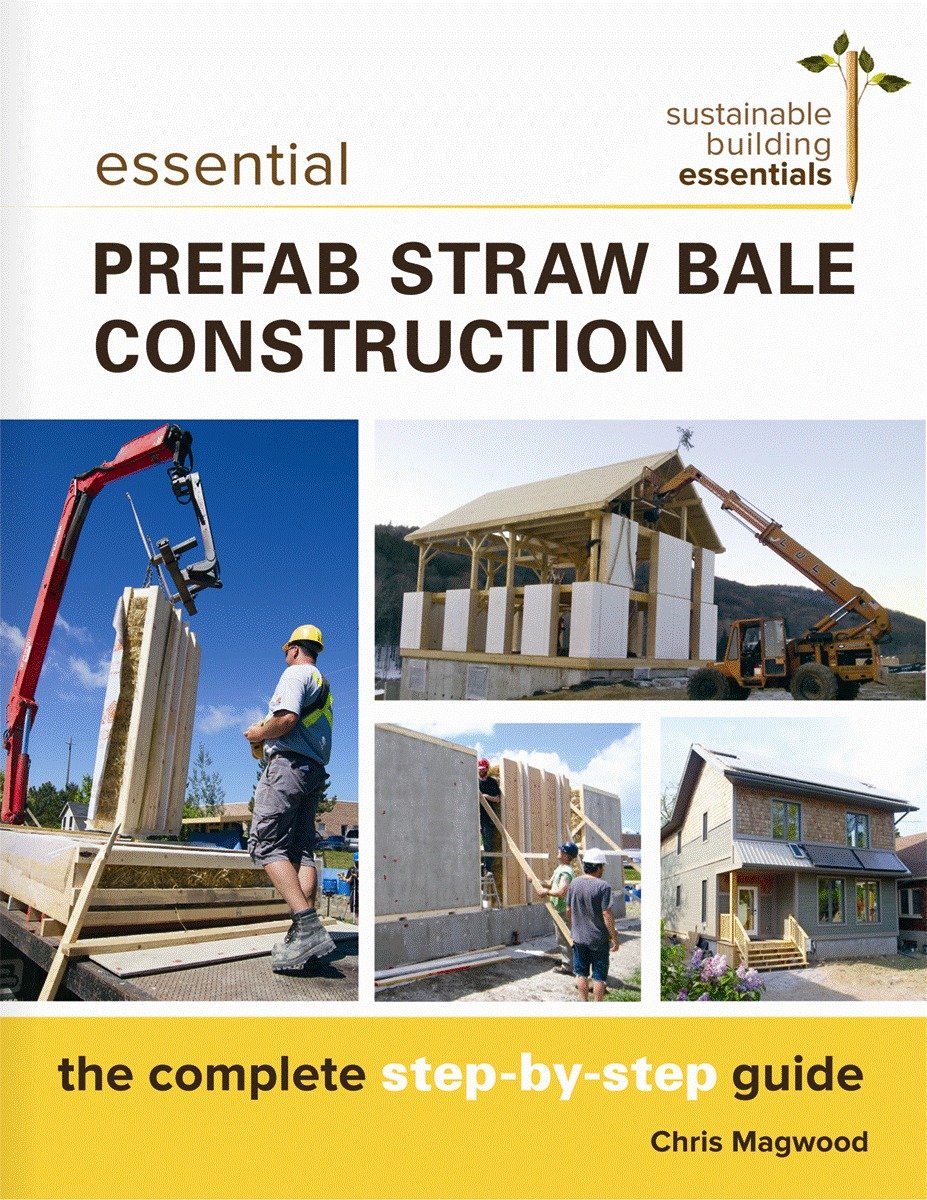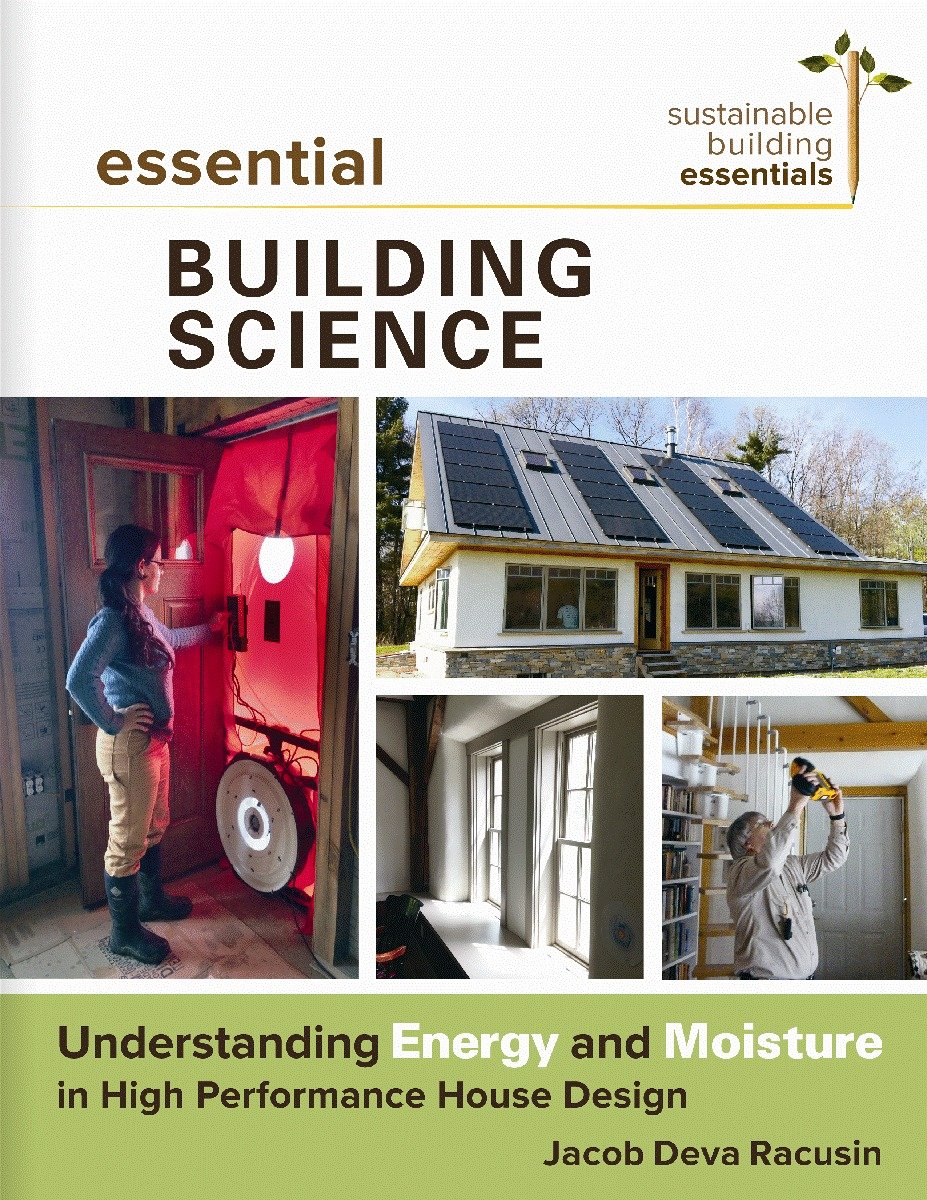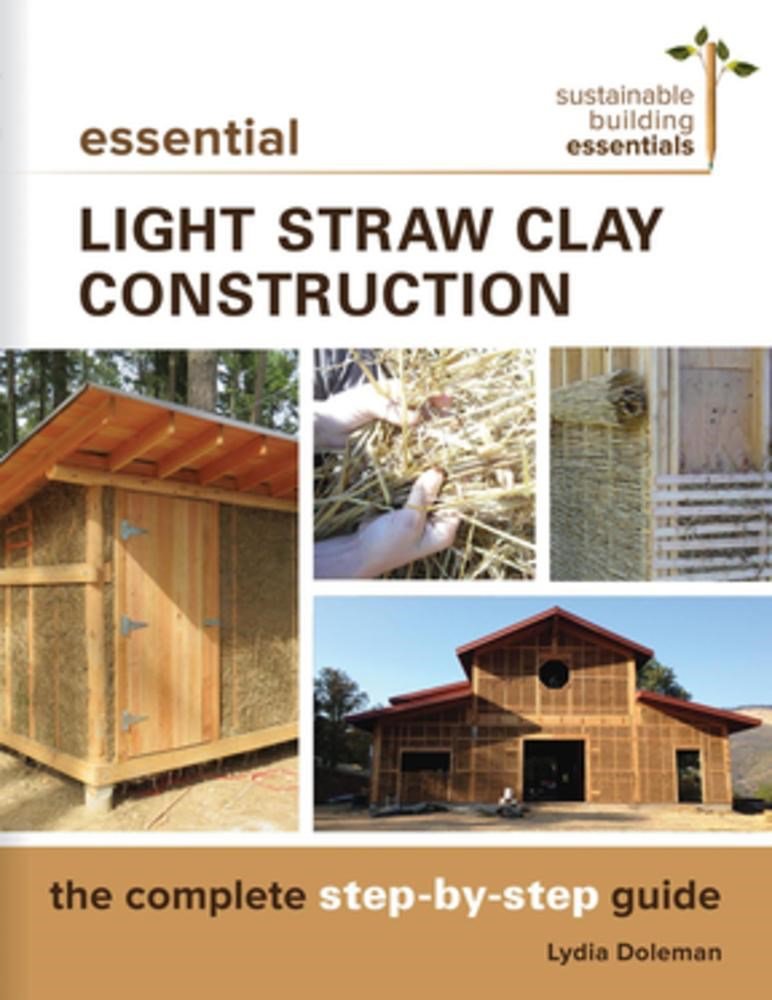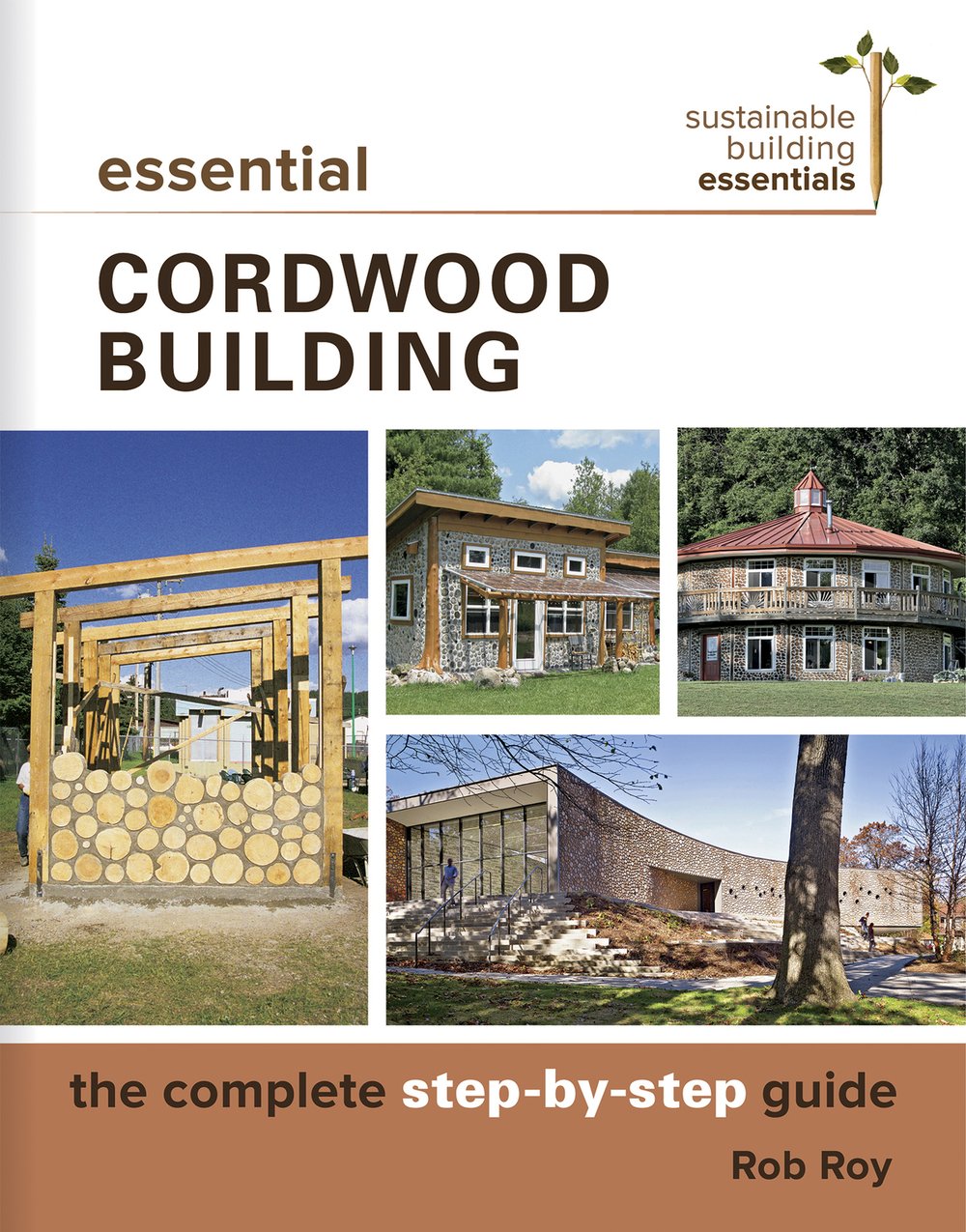Essential Cob Construction
A Guide to Design, Engineering, and Building
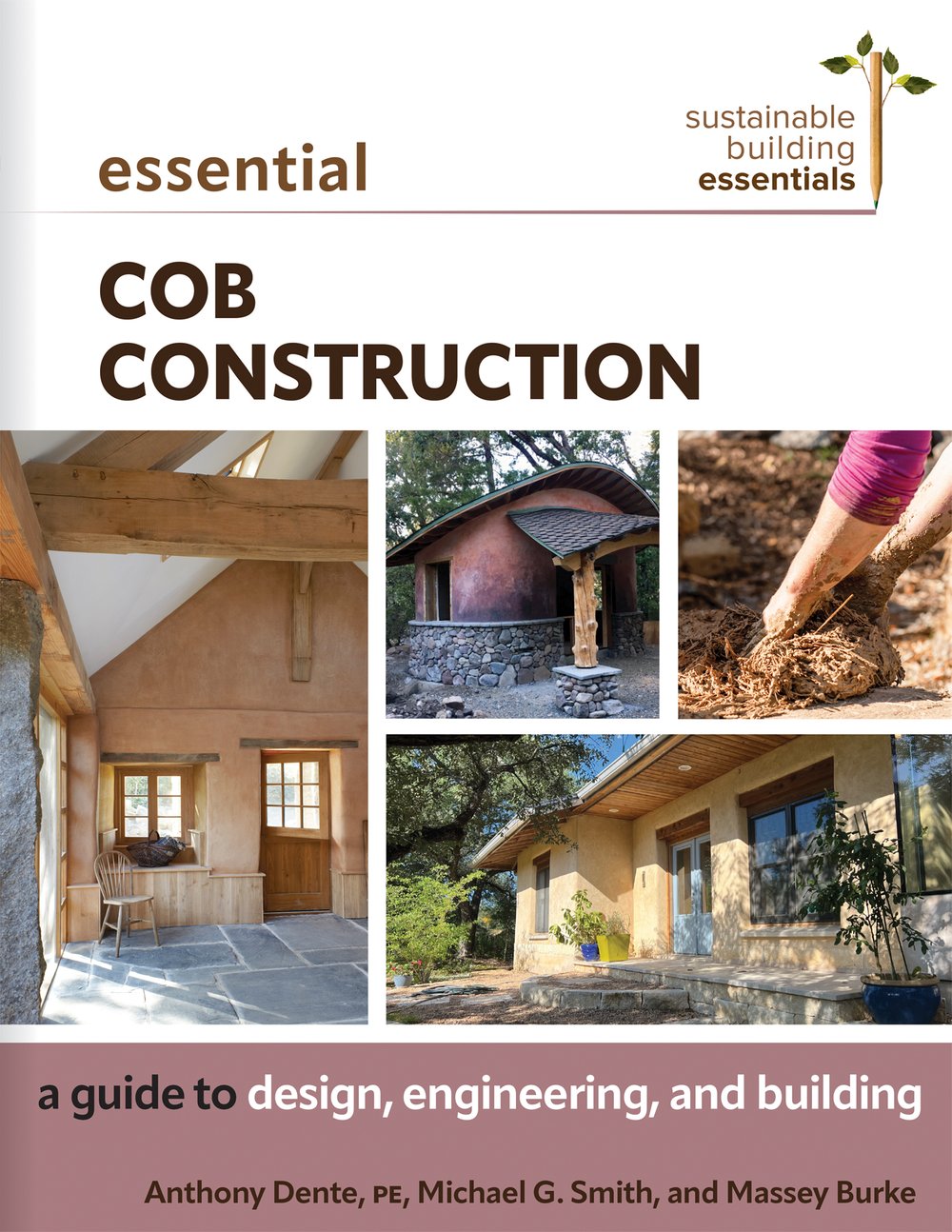
Setting the standard for modern cob construction – from design, engineering, and building code compliance, to sculpting beautiful structures
Cob – a mix of clay, sand, and straw – is one of the most popular and well-known natural building methods. Yet cob is often difficult to permit and can be used in inappropriate ways due to a lack of sound engineering and design information. Recent research and a newly developed building code promise to make cob building more accessible than ever.
Essential Cob Construction sets the new standard for cob construction. Incorporating rigorous, up-to-date engineering and building science and decades of practical lessons learned, coverage includes:
- Appropriate use of cob in different climates and contexts
- Thermal performance and moisture management
- Structural and architectural design considerations, including fire and earthquake resistance data from extensive laboratory testing
- Hands-on cob construction, including mix design, testing, manual and mechanical mixing, wall building, strong connections with foundations, roofs, and other structural elements, and finishing options
- Building code development and the permitting process for cob
- Planning, budgeting, and quality control
- The complete Cob Construction Appendix of the International Residential Code.
Essential Cob Construction is required reading for engineers, architects, designers, contractors, and owner-builders working with this ancient, aesthetically pleasing, low-carbon building material.

Anthony Dente, PE, LEED AP, is a licensed engineer and principal at Verdant Structural Engineers, a firm that has designed over 200 structures using natural-building wall systems such as straw bale, adobe, rammed earth, earthbag, and cob. As vice president of the Cob Research Institute, he was the lead engineer for the Cob Construction Appendix of the 2021 International Residential Code, as well as the Hemp-Lime (Hempcrete) Appendix, both the first of their kind in the US. Dente has advised, designed, and collaborated on numerous university research programs testing the structural behavior of natural materials, and writes and lectures extensively about appropriate use of environmentally sensitive building materials. He is the CEO for Verdant Structural Products, and project lead for their prefabricated, carbon-storing, straw wall panels. Dente was recently awarded the Constellation Prize for Sustainable Engineering Practice. He lives in the San Francisco Bay area of California.
Michael G. Smith is a natural builder, trainer, designer, and consultant who has been working with natural building systems for over 30 years. He holds a B.S. in Civil and Environmental Engineering from MIT. In 1993 he co-founded the iconic Cob Cottage Company with Ianto Evans and Linda Smiley, reviving the ancient tradition of cob building. His hands-on workshops focus on energy efficiency, empowerment of people through simple, accessible techniques, and the regenerative use of locally available materials. Smith has led or been involved in over 100 natural building projects in North America and internationally and he is a board member of the Cob Research Institute, where he helped write the first model building code for cob. He is co-author of The Hand-Sculpted House and The Art of Natural Building and author of The Cobber's Companion. He lives on an organic farm near Sacramento, California.
Massey Burke is a natural materials design/build consultant and co-director of the California Straw Building Association. She has worked with cob since 2005 and has taught natural building methods with non-profits and educational organizations, including the University of San Francisco and UC Berkeley. She was project manager for the first permitted cob building in the Bay Area, and supported the writing of the recent cob building code as a board member of the Cob Research Institute. Burke's work in life-cycle assessment focuses on low-carbon building, with a specific interest in supply chains and bringing natural building materials into the urban fabric. She partners with organizations including Arup, StopWaste, and the Carbon Leadership Forum to generate technical information and help remove barriers to scaling up natural, climate-positive building methods. Burke was a contributing author to The New Carbon Architecture. She lives in the San Francisco Bay area of California.

